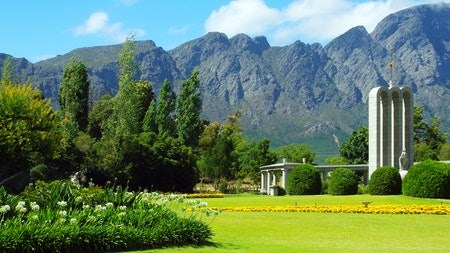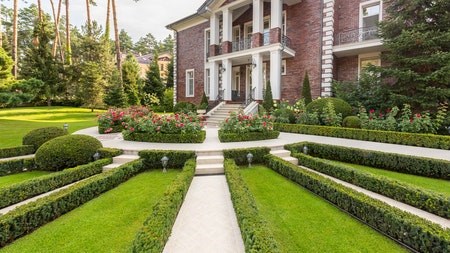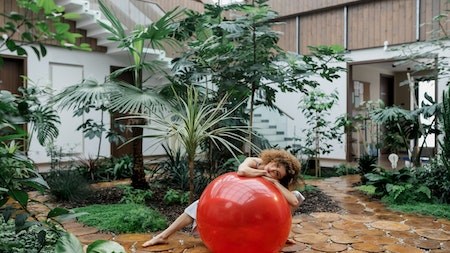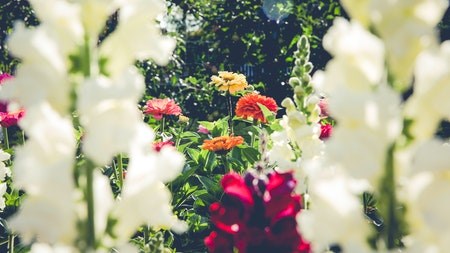A well-designed small garden can be home to many species of wildlife - from pollinators to birds and small animals. In a neighbourhood of many small gardens, it becomes part of a larger habitat or corridor in which wildlife can live and thrive.
Chameleons, for instance, naturally wander, and in suburbs with smaller gardens, they prefer properties that connect to larger green corridors which join several properties.
Chameleons also tend to avoid places such as:
- Gardens with large lawns,
- Extensively paved areas and brickwork,
- Higher trees with trunks that are too wide for these endangered animals to climb.
Foliage should not be heavily pruned or trimmed, or exposed to insecticide and other poisons, as this usually kills or injures chameleons - as well as other small animals, birds, and insects.
Basic design
It’s important to work within your garden’s limitations, keeping plantings simple. If you have 30 plant species in 30m2 your garden will look cluttered. Instead, choose up to 10 species and try to have two or three indigenous grasses, restios, or sedges.
Grasses, sedges, and restios are low-maintenance plants that provide an excellent base layer that ties the rest of the plantings together.
They are available in a range of sizes to suit small gardens.
They provide winter shelter for small animals and nesting material for birds.
With their fibrous root systems and soil-shading habit, they also tend to outcompete weeds.
Grasses and restios generally need full sun, whereas sedges can do well in shady areas.
Match them to your soil and light conditions and they will thrive for many years.
Colour
In a 30m2 garden, you could include four to six species of flowering perennials, planted in clumps of two to three. Planting in clumps creates an organised landscape and serves as a strong beacon for pollinators flying overhead.
For a more formal look, place shorter plants toward the front with taller ones at the back.
For a more natural appearance, mix and match the flowering plants.
Choose winter- and summer-flowering plants to ensure your garden will have colour all year round, and provide food for wild birds and insects.
Winter-flowering plants include:
Aloes which require sun.
Ribbon bushes (hypoestes aristata) that thrive under partial shade and sun.
Antirrhinums
Azaleas
Summer-flowering plants:
Agapanthus
Arums
Leucodendron which need full sun
Scabiosa
Finishing touches
If there’s room against the edge of the garden, consider planting a small tree - one with spring flowers for pollinators and autumn or winter fruits for birds.
Mulch provides a home for insects, retains water, and moderates soil temperature.
Stepping stones are preferable to paved pathways.
A pedestal birdbath will provide water for birds and bees.
A shallow ground-level pond will enable frogs and tortoises to rehydrate when needed, just make sure they can easily get in and out.
Using the suggestions above, you will be able to create a small garden that is every bit as attractive and supportive of nature as a large garden.





